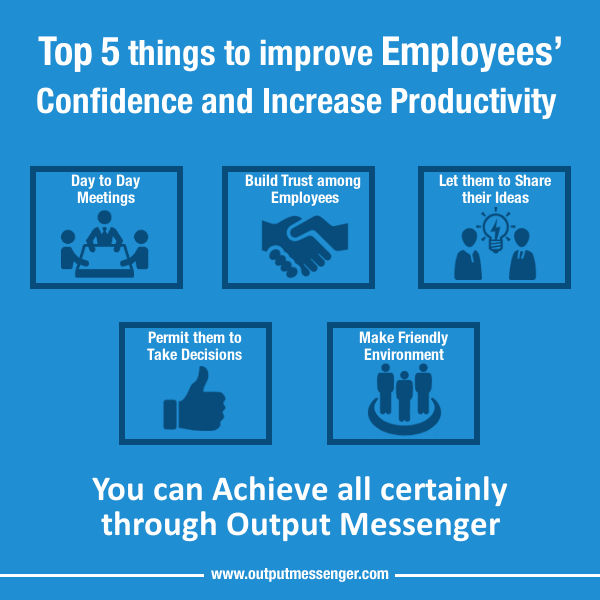How to Increase Employee Productivity
Why Screen Recording, GPS Tracking or Call Recording does not help to track your employees.
In 1924, the Russian military began to train dogs (Alsatians) to carry supplies, track mines, and rescue people. The dogs excelled at these tasks.
During World War II, Russia took this a step further. They tried to turn man’s best friend into an anti-tank weapon against the German tanks. The dogs had bombs strapped to them and were trained to run towards the German tanks. These bombs could detonate with a remote control or when the timer went off.
The initial attempts of the Russians failed because the dogs didn’t want to risk their lives when they figured out that the Germans were shooting at them (yes, dogs have feelings too). So the Russians starved the dogs and placed food under a practice tank, training them to think that there was food under all tanks.
But here came the twist.
German and Russian tanks used different types of fuel. And the Alsatians sniffed out the fuel they had been trained on to find tanks which they thought had food under them, which meant that they chased and blew up Russian tanks.
So the Russians began working on a new strategy to train the dogs until someone raised a question which no one had asked: What was the objective of the exercise? To train dogs? Or to destroy German tanks?
Similar problems arise in businesses today as well. Leaders get sucked so deeply into everyday operations that they forget to reflect on why they’re doing what they do. In doing so, they don’t just fail to increase employee productivity but also become obstacles for the organization themselves.
WHEN LEADERS FOCUS ON THE WRONG METRICS, THEY BECOME OBSTACLES FOR THE ORGANIZATION |
Let’s look at this in detail.
A Common Problem with Businesses Today
In his 2017 letters to shareholders, Jeff Bezos wrote, “Good process serves you so you can serve customers. But if you’re not watchful, the process can become the thing.”
Systems and processes are essential. They simplify everyday operations and increase employee productivity in the workplace. But they become an obstacle when leaders stop looking at outcomes and focus on whether people are following the process.
Leaders will go to any lengths in pursuit of this process. They want to track their employees’ every move. They record screens, install GPS trackers on their employees’ mobile devices, record their calls, and make them fill daily “tasks-done” trackers.
Leaders justify such actions by saying that they want to be sure that their employees don’t take them for a ride – they don’t lie about the tasks done and waste the company’s money. But this micromanagement leads to three difficult problems:
1. Employees Stop Being Productive
“Tell me how you measure me, and I’ll tell you how I behave.” – Name
Nobody likes working as if they’re in prison — not even employees.
When employees know that every action of theirs is being watched, they do just the bare minimum to keep the bosses happy. Since they have no incentive for taking the initiative, people only do visible work. This means that objective-driven productivity gets sidelined.
While this might make the leaders happy, it’s a severe drain on the company’s resources.
2. Leaders Waste Time
“Micromanagement is the destroyer of momentum.” – Miles Anthony Smith
Leaders should take action to move things forward instead of backwards.
Unfortunately, micromanagement does just the opposite. Not only does it reduce employee productivity as mentioned above; it also makes leaders do useless things to hold their people “accountable.”
While this keeps leaders busy, it takes them further away from the areas they’ve been hired for – designing strategies and achieving company goals.
3. Corporate Culture Gets Destroyed
“No company has a culture; every company is a culture.” – Peter Thiel
Culture is what people in the organization do every day.
When leaders micromanage people, they suffocate the top performers who leave the company. The people who stay are the ones who follow the process even at the expense of customer satisfaction. This fuels a culture of mediocrity and complacency.
In the long run, such a company doesn’t just lose revenue and market share but also gets disrupted by competition.
Forest or the Trees?
What is the alternative to improve employee productivity? It is not missing the forest for the trees. In other words, it’s not to make the mistake of considering a few parts of a problem or situation and not understanding the bigger picture.
What is the bigger picture here? Simple. It’s the reason why you started your business.
When you decided to get into the business, was your aim to serve customers or to build an organization where you can track every move of your employees? (And honestly, would you be effective if someone tracked every move and told you what to do all the time?)
You started a business to address customers’ needs. Let every action of your organization focus on the same.
Set objectives and communicate the key results with your people which they should focus on to achieve them. Give your people the freedom to alter the process a little to benefit the customer and ethically achieve the objectives faster, and use these steps to refine your processes. And periodically track your people’s performance on the key results, and help them take actions to get closer to the goals.
“But what if my people lie?”
This is a valid question and has a brutal yet logical answer — fire unethical employees.
You have software like CRM tools and other systems to make people log their tasks and provide insights on individual and team performance. And if you feel like someone is fudging the data, remove them from the system. Such malpractices destroy the system from inside like termites.
Summing Up
Remember the joy you felt when you delighted a customer during the initial days of your business? Remember how your entire team member loved to work as a single unit during those days? It’s time to bring that love back in your organization.
All you have to do is track objectives and key results instead of spying on your employees and their every move. Not so difficult, is it?
© Copyrights 2008 - 2025 Ciphercraft Technologies
